Diamonds are available in a wide range of forms. Although the round diamond, often known as a brilliant cut diamond, is the most popular. One of the most significant aspects of shopping for engagement rings or other fine jewelry is deciding on the diamond shape. The following is a description of each shape.
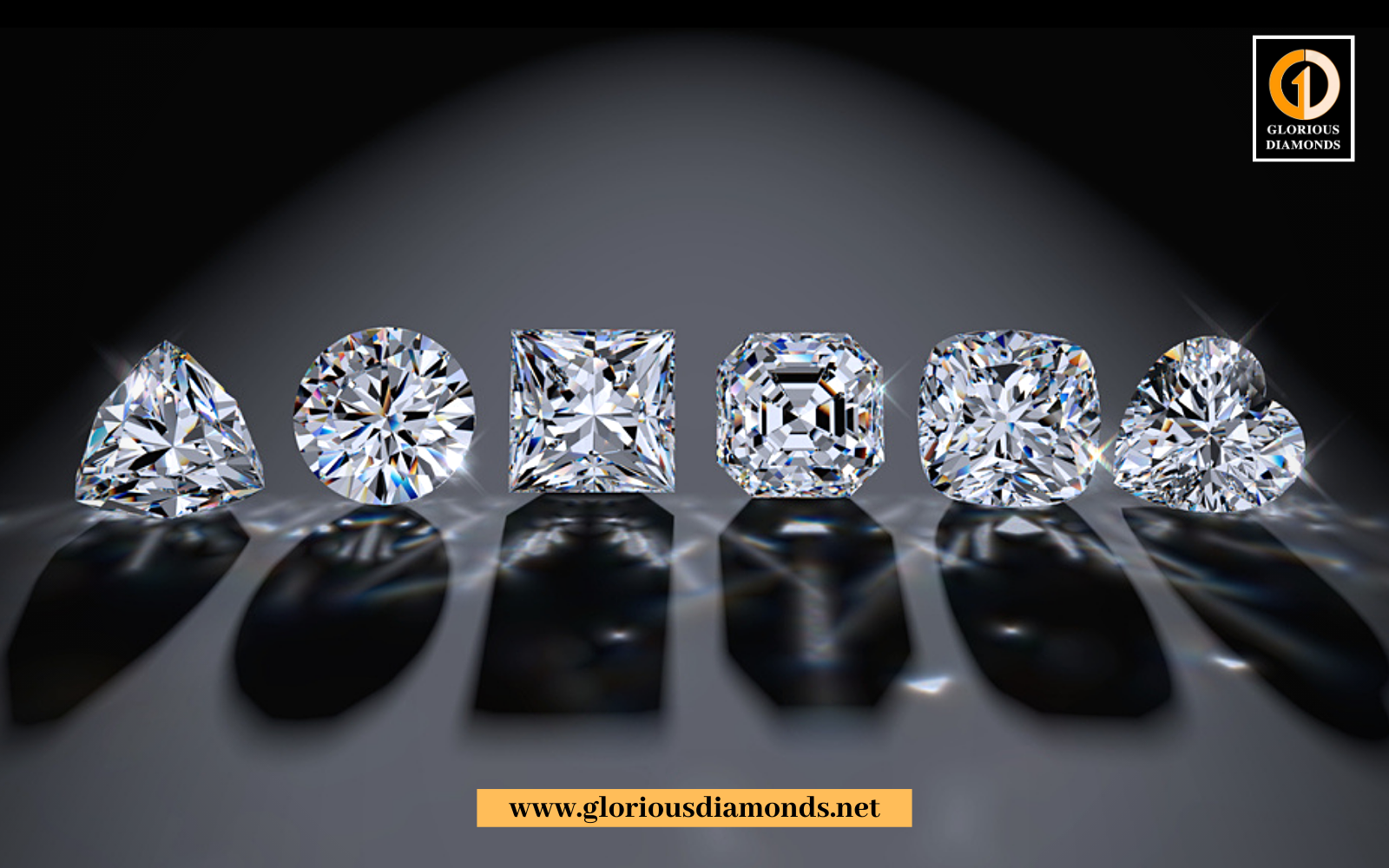
The round diamond is the best-selling cut because of its unrivalled sparkle and brilliance. The ring is naturally flattering to a wide range of hand and finger shapes and is excellent in various settings. Other than round diamonds, a variety of fancy-shaped diamonds are available, such as princess, emerald, pear, and Asscher. Furthermore, these unique shapes typically come at a lower price than round diamonds of the same carat weight, allowing you to maximize your budget. It is ultimately a personal preference for what diamond shape you fall in love with. After all, you get to wear it every day!
Some fancy-shaped diamonds have unique characteristics that require a higher clarity grade than others to bring out their brilliance or hide inclusions. Discover more about the impact of shape on clarity.
The shape plays a significant role in the price when purchasing a diamond. The high cost of manufacturing round diamonds, coupled with their brilliance, makes them more expensive than diamonds of other shapes. The fancy shapes of diamonds include princesses, emeralds, asschers, cushioned, marquise, radiant, ovals, pear-shaped and hearts.
Round Diamond
The round brilliant cut maintains the definite value due to its flawless and timeless looks. Diamond cutters have been working with this cut for hundreds of years to optimize its brightness and fire. There are 57 facets in a round diamond, often known as a "round brilliant cut." It is the most common and popular diamond cut. Round cut diamonds are superior to princess cut diamonds when all other factors are equal. Round shape is very popular because of its brilliant cut. Fancy shapes prices are average 30% - 40% less then round.
A brilliant round diamond
To optimize the fire and brilliance of a round diamond, diamond cutters have used advanced theories of light behavior and precise mathematical calculations for almost 100 years. You will typically have more flexibility when it comes to balancing cut, color, and clarity grades with round diamonds while still achieving the desired sparkle. Ideally, a round diamond with an Ideal cut and Excellent polish and symmetry will maximize its brilliance.
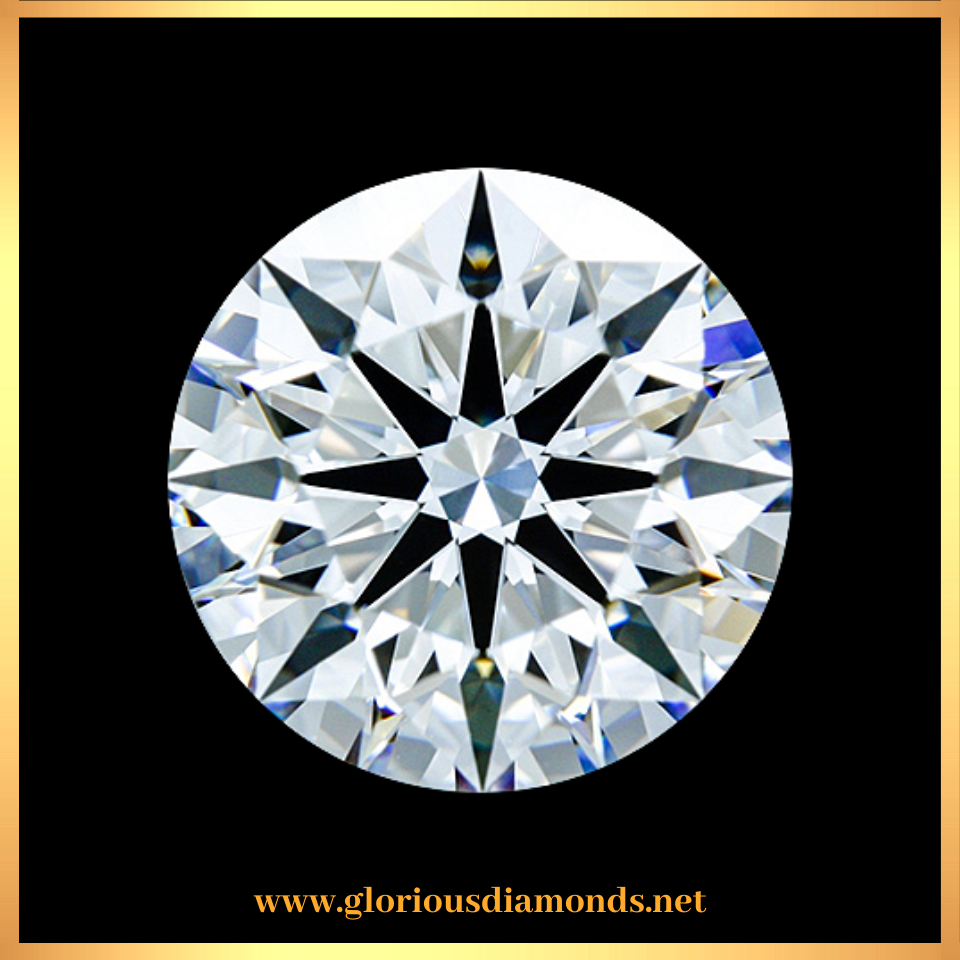

Heart Diamond
The “heart cut” is the quintessential romantic cut. The heart diamond is a variant of the traditional round diamond. It has a total of 59 facets. A heart-shaped stone is one of the most complex diamond cuts to manufacture, requiring great expertise and skill from the diamond cutter. The modified brilliant-cut heart-shaped diamond is a one-of-a-kind and often used in solitaire pendants and rings.
Heart-Shaped Diamond
Hearts are the ultimate symbols of love. Heart-shaped diamonds have a distinctive look that makes them an excellent choice for many types of diamond jewellery. If you choose this shape, the point of the diamond will often show a little colour, which means you should budget for a higher colour grade than you would when buying a round diamond.
Princess Diamond
With its lovely square shape, the "princess cut" is also extremely popular. Its brilliance rivals that of a round diamond, which is why it is frequently used in engagement rings. Princess-cut diamonds have a very distinct tint. These 49 brilliant-cut faceted diamonds are a fantastic match for any piece of jewelry.
Princess-Cut Diamond
This is one of our most popular non-round diamonds. It is famous for engagement rings due to its brilliance and unique cut. Diamonds of this shape have pointed corners and are traditionally known as square-cut diamonds, though their sizes may vary depending on whether they are square or rectangular. It's also likely that you'll need to budget for a higher color grade for a princess-cut than you would need for around.
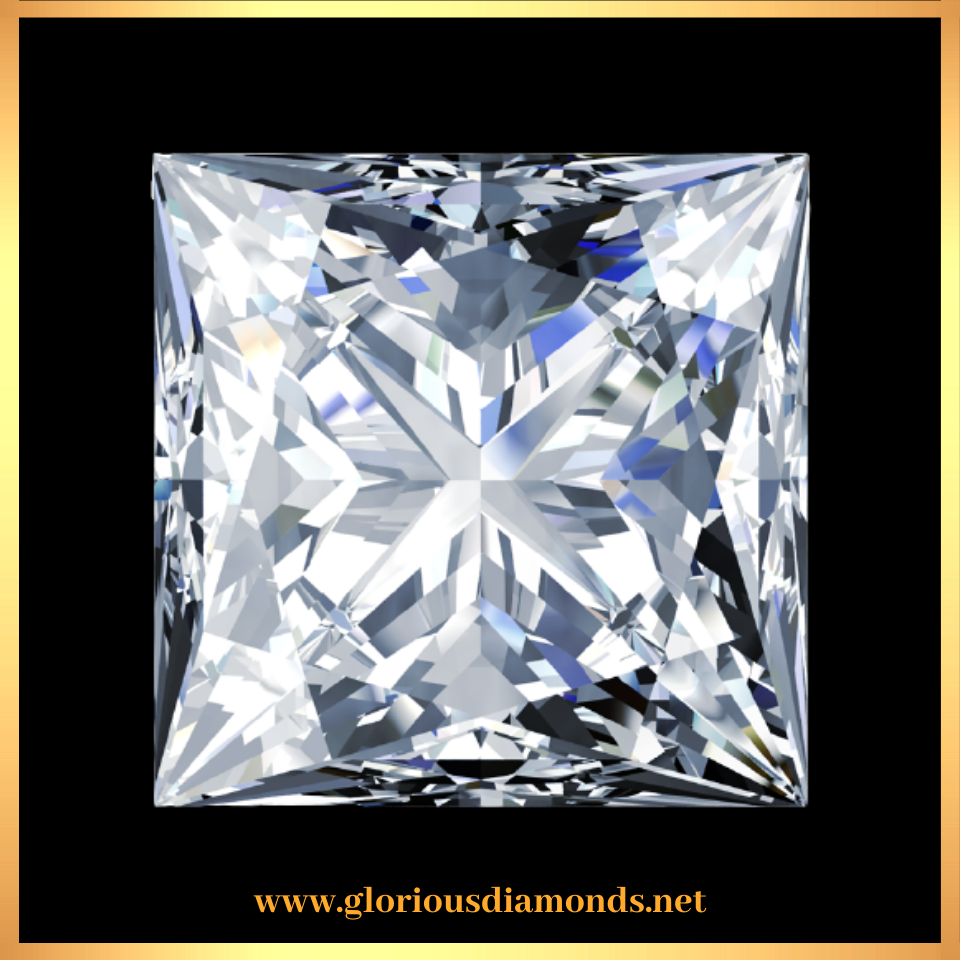
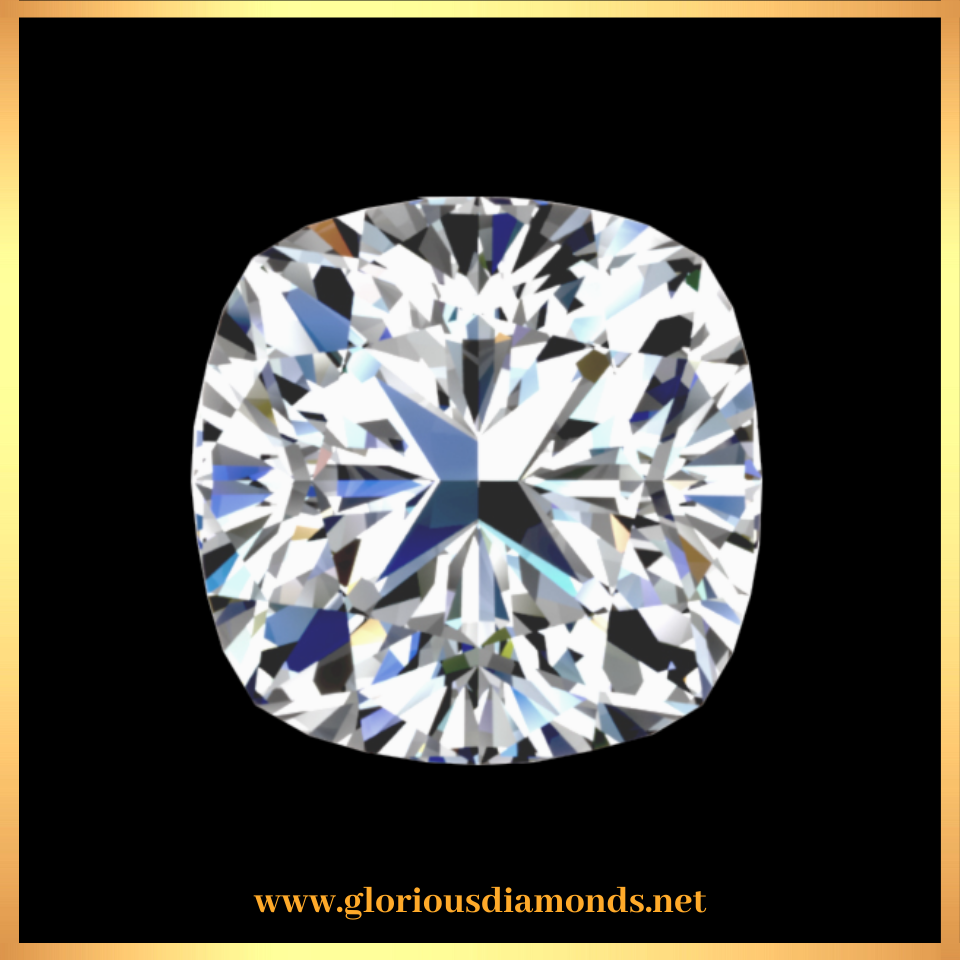
Cushion Diamond
The "cushion cut" is a popular and trendy diamond shape. It is square or rectangular in shape, with rounded corners and big facets that enhance the overall stone's brightness. The cushion-shaped diamond, also known as a pillow-cut diamond, is a classic cut that gets its name from its pillow-like form.
Cushion-Cut Diamond
Unique shapes like this have been popular for more than a century. To increase their brilliance, cushion-cut diamonds have rounded corners and larger facets. The larger facets of these shapes can show inclusions more easily than some other shapes, so check the diamond's clarity plot on its certificate if you choose a lower clarity grade. Diamonds in the cushion shape are available in many shapes, from square to rectangular.
Emerald Diamond
The "emerald cut" is a highly attractive, less common cut that is formed of rectangular stages with 57 facets. The step cuts in the pavilion and the broad open table give the emerald cut diamond its distinct appearance. When looking into a step-cut diamond from a table, the facets run parallel to one other, giving the stone a staircase impression, as if the steps were going down.
Emerald-Cut Diamond
The pavilion of the emerald is unique because it has rectangular facets that create a striking optical effect. This shape emphasizes a diamond's clarity because of its large table and a step-cut pavilion. To determine the visibility of inclusions in an emerald-cut diamond with a lower clarity grade, such as SI, you should examine the diamond certificate's clarity plot. The cut shape of the diamond can significantly affect how well it appears to have inclusions. Consider an Asscher-cut diamond if you prefer a square outline.
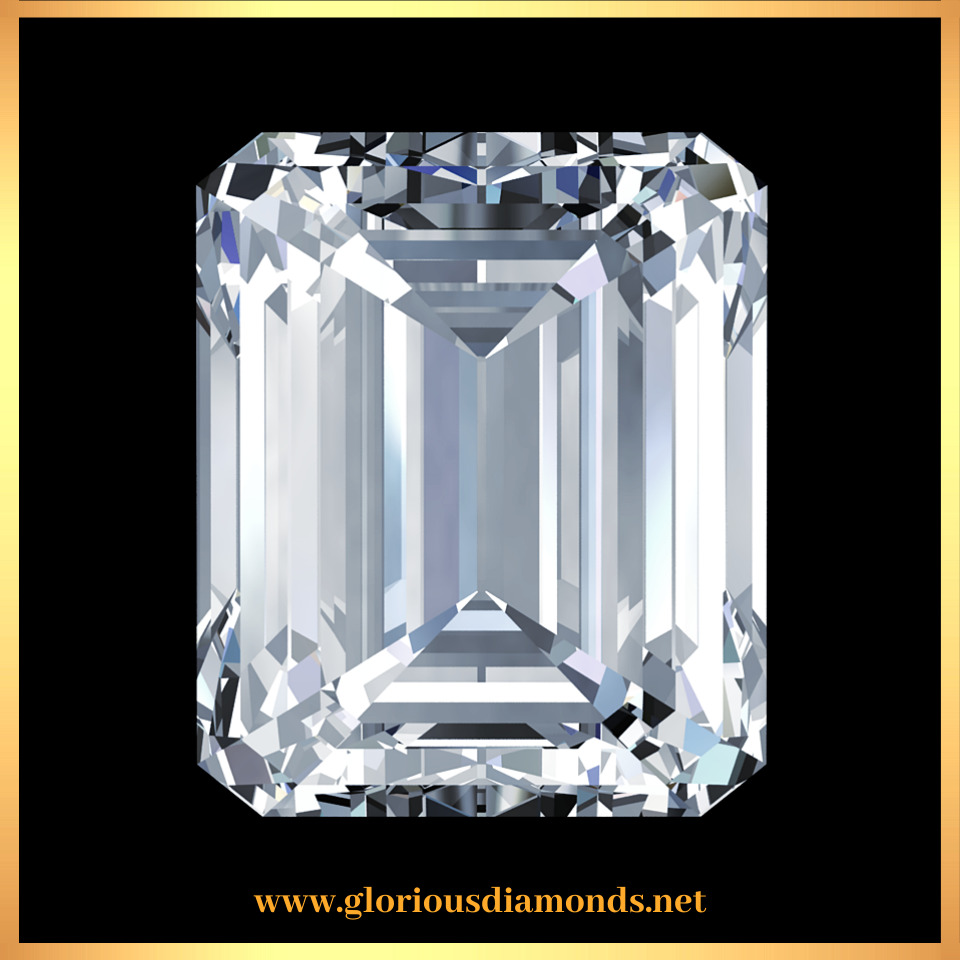
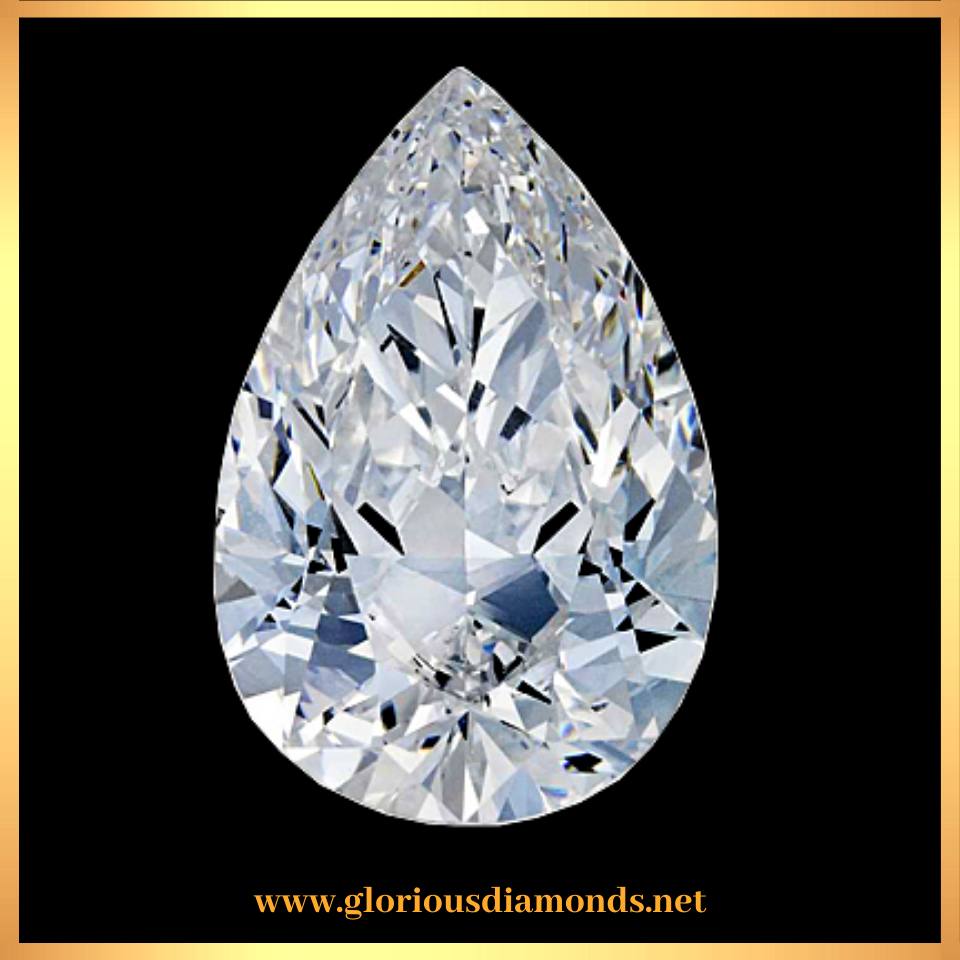
Pear Diamond
With 57 facets, the "pear cut" has a pleasing form. It's a popular cut that combines the "brilliant round" and "marquise" cuts. The pear shape diamond (also known as a drop cut or teardrop diamond) is cut to seem like a drop of water with a single point and rounded end, exuding elegance. The "pear cut" is often used as a pendant as well.
Pear-Shaped Diamond
Due to its rounded end and single point, this brilliant-cut diamond is also known as a teardrop. Diamond jewellery made in the shape of a pear is trendy due to its unique look. Choosing an elongated pear shape will give your fingers a subtle slimming effect, thanks to the length of the diamond.
Oval Diamond
Oval Cut is a modified round diamond, consisting of 55 facets. As a result, if it's well-cut, it can achieve a high level of brightness. The oval diamond is a combination of round and marquise shapes. The oval cut might appear larger than a round diamond of same carat weight due to its elongated shape (weight
Oval-Cut Diamond
The brilliance of an oval-shaped diamond is similar to that of a round diamond. It may enhance long, slender fingers for oval diamonds to have a longer length.
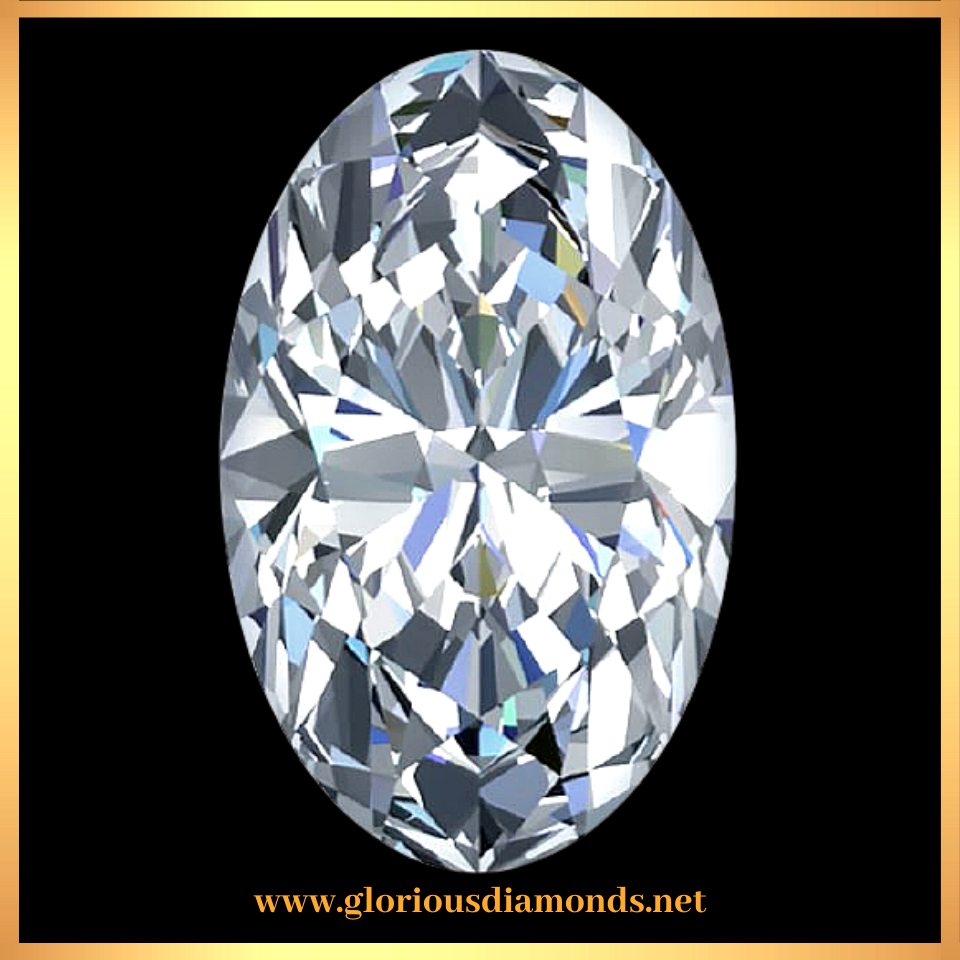
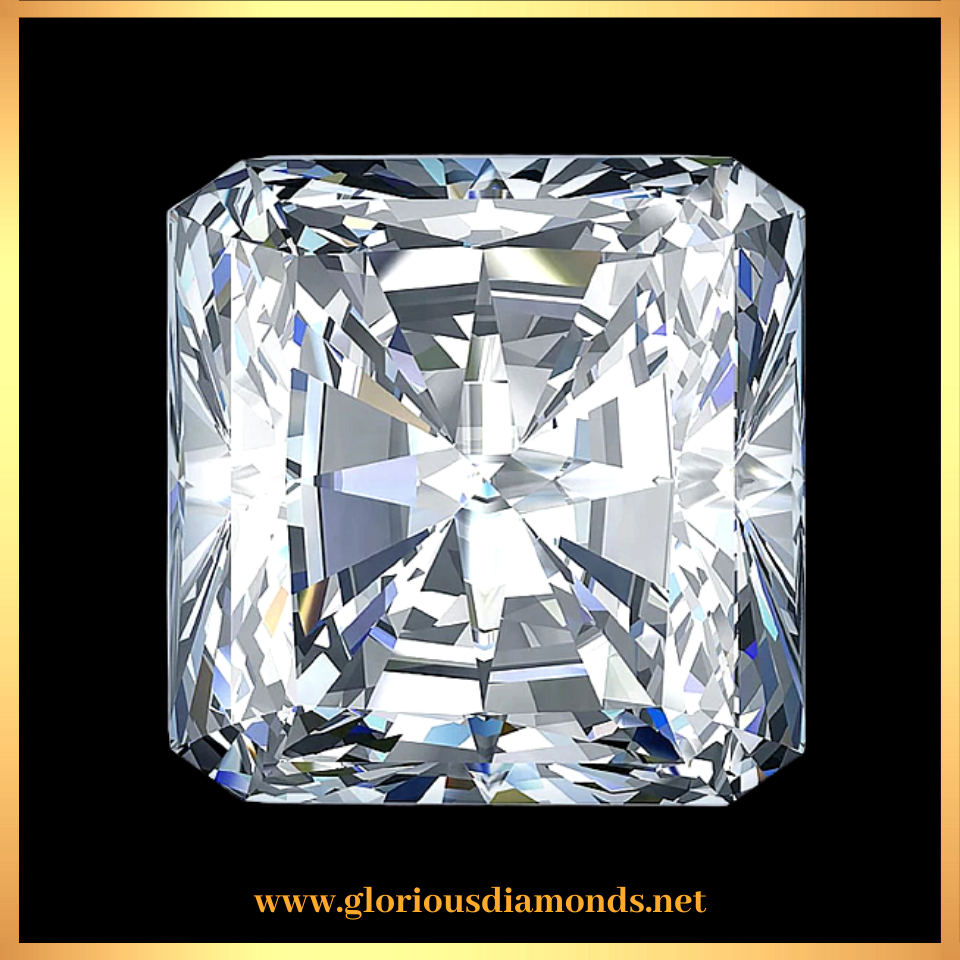
Radiant Diamond
The “radiant cut” is a rectangular-shaped diamond, with cut corners and made up of 70 facets. The proportions and facets of the “radiant cut” highlight this diamond and intensify its sparkle. The radiant cut diamond is the first rectangular cut to have a complete brilliant-cut facet pattern applied to both the crown and pavilion, creating a vibrant and lively diamond.
Radiant-Cut Diamond
Diamonds with rounded corners tend to be more popular and versatile because of their rounded corners. It would be equally beautiful when set with either baguette or round side diamonds. There are different degrees of rectangularity in radiant-cut diamonds.
Asscher Diamond
An octagonal-shaped diamond with 74 facets is known as an "asscher cut." It is square and similar in size to the emerald cut. The “asscher cut” diamond reflects light better and is hence brighter than the emerald cut due to its proportions. Asscher diamonds are distinguished by their distinctively angled and cut corners, which give them a timeless appearance.
Asscher-Cut Diamond
Beautifully distinct, square-shaped diamonds are nearly identical to emerald-cut diamonds. In the same manner, like an emerald, an Asscher's pavilion has rectangular facets. To judge the visibility of inclusions in a lower clarity grade, view the clarity plot on the diamond certificate. In addition, this shape tends to show a little colour in the corners, which may cause you to want to use a higher grade of color.
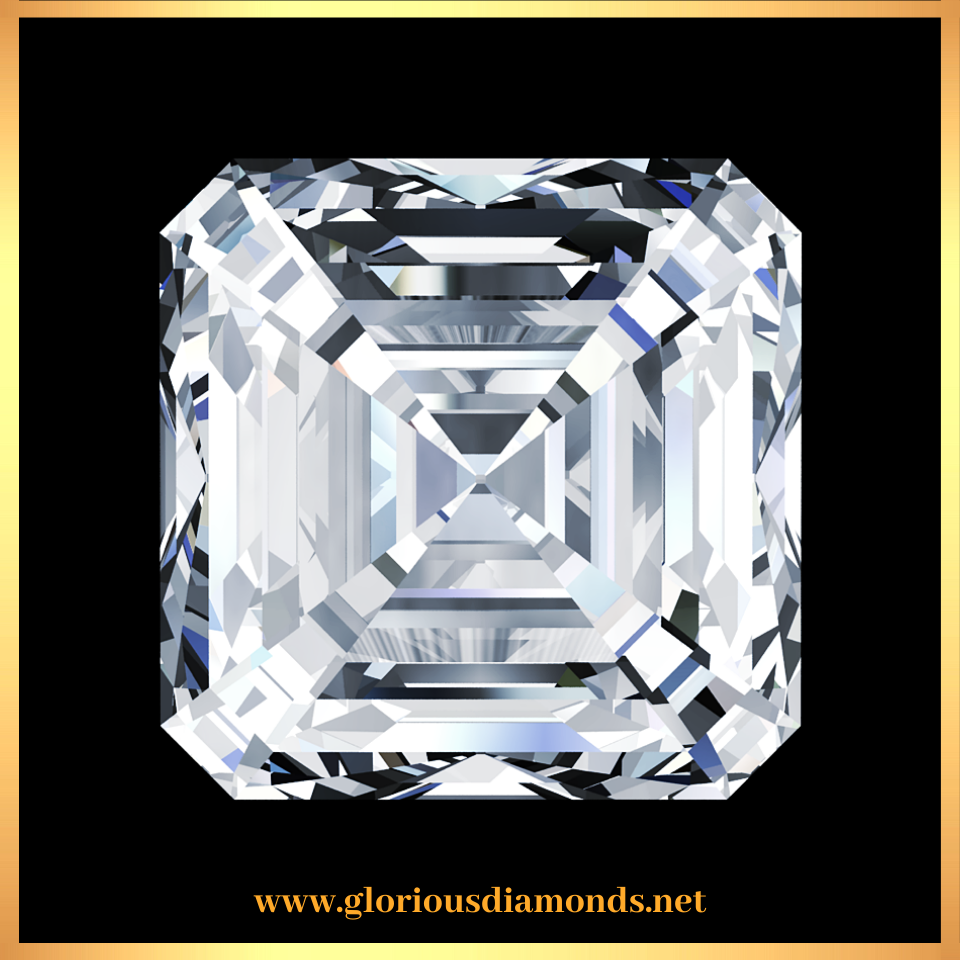

Marquise diamond
The "marquise" or "navette" cut is made up of 55 facets and has a long oval form with tapered ends. It has a great degree of brightness and light reflection. The beautifully pointed ends of the elongated Marquise stone provide a dramatic beauty to the piece. If put in a jewellery piece with side diamonds, marque shape diamonds work nicely as centre stones.
Marquise-Cut Diamond
With a marquise shape, carat weight is maximized, giving you the appearance of a much larger diamond. Brilliant-cut diamonds look beautiful set with round or pear-shaped side stones, and marquise diamonds are very flattering on fingers because of their length.
A shadow or dark area may appear horizontally through the centre of some fancy-shaped diamonds due to the depth and placement of the facets. It usually appears as an oval, marquise, pear or heart-shaped bow tie. Although removing a bow tie or reducing its intensity is possible, the process isn't as straightforward as it sounds.
The diamond cutter's skills and experience are critical with pears, ovals, marquise and hearts. Meanwhile, they try to achieve the largest, nicest diamond possible from the rough crystal while balancing the realities of economics.
Diamond shape refers to its geometric outline and overall physical form. The cut specifications and characteristics of each diamond shape play a significant role in determining the stone's overall appearance.
In a technical sense, no. In a conversational feel, yes. The terms shape and cut are distinct, but customers, jewellers and other industry professionals often use them interchangeably. As the name implies, a diamond's shape describes the outline of the stone, while its cut refers to its facets, proportions, dimensions, and overall reflectivity.
As a result of their pleasing symmetries and general appeal, diamond length-to-width ratios are considered optimal for each shape. By using the length-to-width filter in our diamond search page or by looking at the length-to-width ratio listed under diamond characteristics on the product page of any diamond on our site, you can specify your desired parameters. Following are examples of length-to-width ratios for various diamond shapes.
In some diamond shapes, colour can be masked to varying degrees because of the shape's interaction with light. A brilliant round diamond, for instance, reflects more light, meaning it masks more colour. Get more information on how shape impacts colour.
“Glorious Diamonds” We are diamond factory & Diamond shop online , Our diamond jewelry from the best-cut sources, With a GIA quality guarantee.
Glorious Diamonds Co. , Ltd.
Customer Service:
Our products / services
Diamond Education
Diamond Price
GIA Certificate & Diamond Characteristics
Contact Us
919/503-504, 43rd floor,
Jewelry Trade Center Building,
Silom Road, Kwaeng Silom, Khet Bangrak
Bangkok 10500 Thailand
Customer Service +669 421 99999
+669 469 09000
Office +6626302728
Email sales@gloriousdiamonds.net






